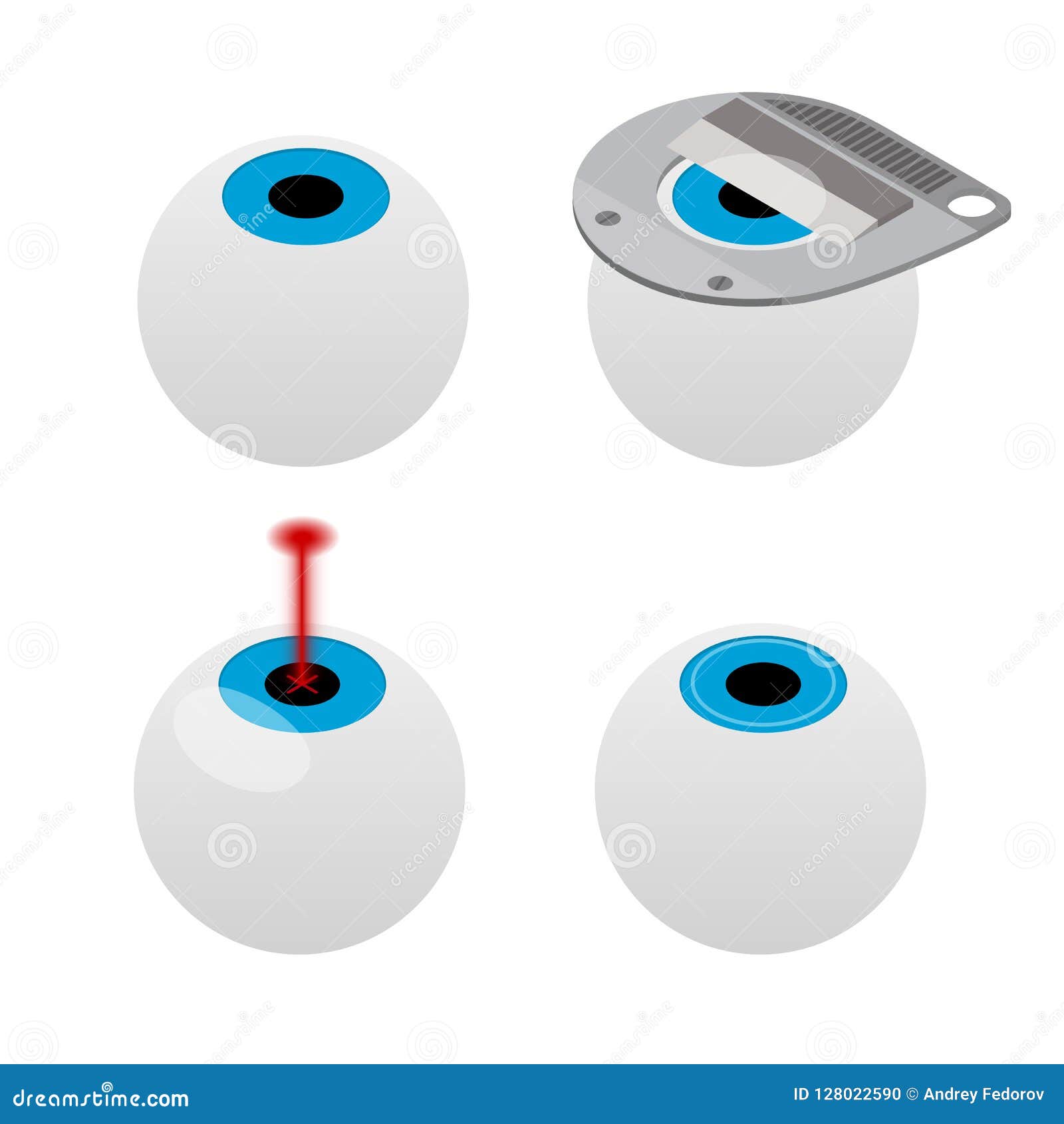Considering Cataract Surgery? Contrast Typical And Laser Methods To Introduce The Crucial Aspects That Will Certainly Shape Your Vision
Considering Cataract Surgery? Contrast Typical And Laser Methods To Introduce The Crucial Aspects That Will Certainly Shape Your Vision
Blog Article
Content Created By-Bay Christensen
When pondering the choice between traditional cataract surgical procedure and laser-assisted techniques, you may find yourself weighing the benefits and downsides each method supplies. The decision exceeds the surface area degree of cost and precision, diving right into the world of lasting results and client satisfaction. As you navigate via the complexities of these 2 strategies, it comes to be crucial to understand the nuanced details that can dramatically impact your visual clearness and total experience. Stay tuned to reveal the essential factors that will direct your decision-making process in this critical element of eye treatment.
Conventional Cataract Surgical Treatment Pros and Cons
When taking into consideration traditional cataract surgery, you might find that it's a reputable and widely-used strategy. In this procedure, a doctor makes a little cut in the eye and utilizes ultrasound to separate the gloomy lens before removing it. As soon as the cataract is gotten rid of, a synthetic lens is inserted to bring back clear vision.
Among the main benefits of conventional cataract surgical treatment is its performance history of success. Many clients have had their vision considerably improved via this procedure. Additionally, standard surgical treatment is often covered by insurance coverage, making it a much more obtainable option for numerous people.
However, there are some disadvantages to traditional cataract surgical treatment also. Healing time can be longer compared to more recent techniques, and there's a slightly greater threat of difficulties such as infection or swelling. please click the following article might also experience astigmatism or call for analysis glasses post-surgery.
Laser-Assisted Techniques Advantages And Disadvantages
Discovering laser-assisted techniques for cataract surgical treatment unveils a contemporary strategy that utilizes laser modern technology to execute essential action in the procedure. Among the key advantages of laser-assisted cataract surgical procedure is its accuracy. The laser enables extremely accurate cuts, which can lead to better visual outcomes. Furthermore, using lasers can reduce the amount of ultrasound energy required throughout the surgical procedure, potentially decreasing the risk of complications such as corneal damage.
On the disadvantage, laser-assisted techniques can be much more expensive compared to traditional methods. This expense mightn't be covered by insurance, making it much less accessible to some clients.
One more factor to consider is that not all cataract doctors are learnt laser modern technology, which might restrict your options for choosing a cosmetic surgeon.
Lastly, while the laser can automate certain aspects of the procedure, the surgical procedure still calls for an experienced cosmetic surgeon to make sure successful results.
Comparative Evaluation of Both Approaches
For a thorough understanding of cataract surgery techniques, it's important to conduct a comparative analysis of both typical and laser-assisted methods.
Conventional cataract surgical treatment entails hand-operated incisions and using portable tools to break up and eliminate the over cast lens.
On the other hand, laser-assisted cataract surgery uses sophisticated innovation to develop exact cuts and break up the cataract with laser power prior to removing it.
In cataract surgery what to expect after of accuracy, laser-assisted techniques use a greater level of precision contrasted to standard techniques. Using lasers allows for modification of the procedure based upon each patient's eye anatomy, possibly causing far better visual outcomes.
However, laser-assisted cataract surgical treatment tends to be a lot more expensive than typical surgery, which may restrict ease of access for some individuals.
While both techniques work in bring back vision impaired by cataracts, the choice between traditional and laser-assisted strategies frequently depends on elements such as cost, precision, and individual patient demands.
Consulting with your ophthalmologist can help determine one of the most appropriate strategy for your cataract surgical treatment.
Final thought
To conclude, when determining in between traditional cataract surgery and laser-assisted techniques, take into consideration variables like cost, precision, and individual requirements. Standard surgical procedure offers a tried and tested record and insurance policy coverage but may include longer recovery times. Laser-assisted techniques offer higher precision and customization however can be extra pricey and not always covered by insurance policy. Ultimately, the option in between the two techniques relies on what is most important to you and your details circumstance.
